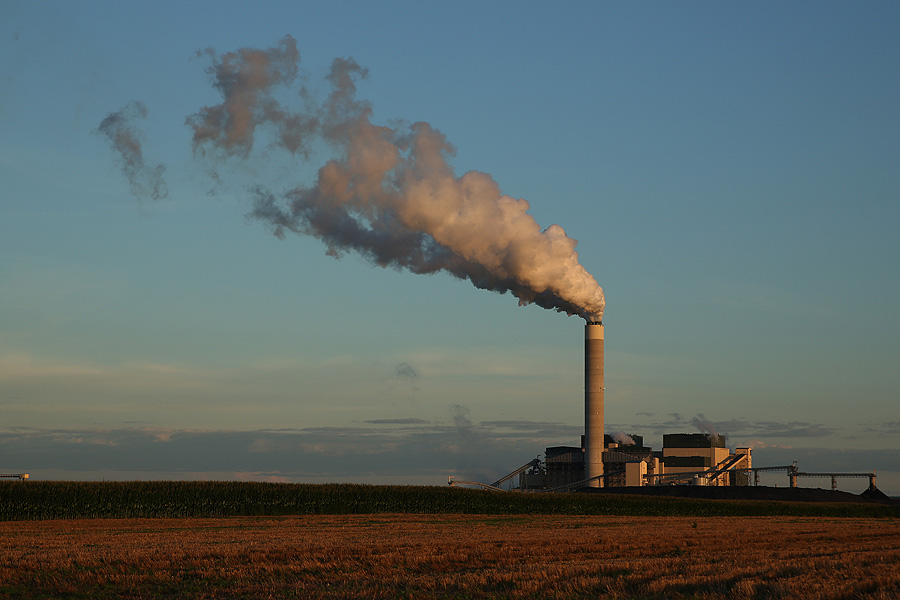Recently the Federal Reserve Bank of Chicago and the Institute of Government and Public Affairs, out of the University of Illinois, hosted the "Illinois Fiscal Outlook Breakfast," because you might as well discuss the state's finances before you get your food down.
The results shouldn't be surprising: "grim outlook," "drastic cuts would have to be made in order to address the deficit," "possible solutions are limited." As you're probably aware by now, the big problem isn't so much that the state is spending too much money on stuff it does now, it's that the state has spent too much money—whether through borrowing or deferred compensation in the form of pensions—on stuff it already did, and now has to pay the tab. It's hard to cut things that don't exist anymore, or to fire employees who no longer work for you.
So that puts new revenues on the table, and a handful were floated. Like from Lawrence Msall of the Civic Fed: bring back the tax increases until 2018, tax non-Social Security retirement income, pull the sales tax exemption on food and non-prescription drugs.
While poking through the footnotes, I came across an interesting suggestion that I haven't heard much about, though a bill that would do something like it was recently proposed in the state legislature: a cap-and-trade program on carbon dioxide emissions, proposed a couple years ago by Don Fullerton, a professor of finance at UIUC.
It's pretty simple: if an energy producer wants to emit carbon dioxide, it has to buy permits to do so, through an auction, which can then later be sold. It's the same principle as any sin tax—it's a win-win, in that the result is a balance between more revenues and less sin.
Generally cap-and-trade is associated with nation-states, but California implemented a state-level cap-and-trade program. They've brought in $1.7 billion so far, the largest chunk of which has gone to high-speed rail—an initial $250 million investment plus 25 percent of future revenue. Another $50 million has gone to transit; $130 million to affordable housing; and so forth. Oh, and they did this: "In 2013, the state drew criticism for borrowing $500 million of cap-and-trade dollars to balance the state's general fund budget."
And that could go way up: $3.3 to $7.7 billion in the next fiscal year.
Meanwhile, there's a proposal in Illinois to do something similar. Late last month, Don Harmon and Elaine Nekritz introduced bills in the Senate and House, respectively, that would implement a carbon dioxide emissions auction, with "a minimum of 65 percent of the revenue the agency receives… directed to the Illinois Power Agency to spend on new energy efficiency and renewable energy investments anywhere in the state." At least 20 percent of that would be directed towards low-income communities and households.
What could that look like? Perhaps like California's subsidized solar panels. Or plugging the hole in the state's LIHEAP (low-income home energy assistance program) money, provided the governor manages to get his hands on it.
As in California, the fiscal flexibility of cap-and-trade revenues would be limited. But it's going to take a lot of little things, and the state's potential version of cap-and-trade bears watching.



